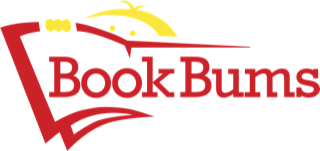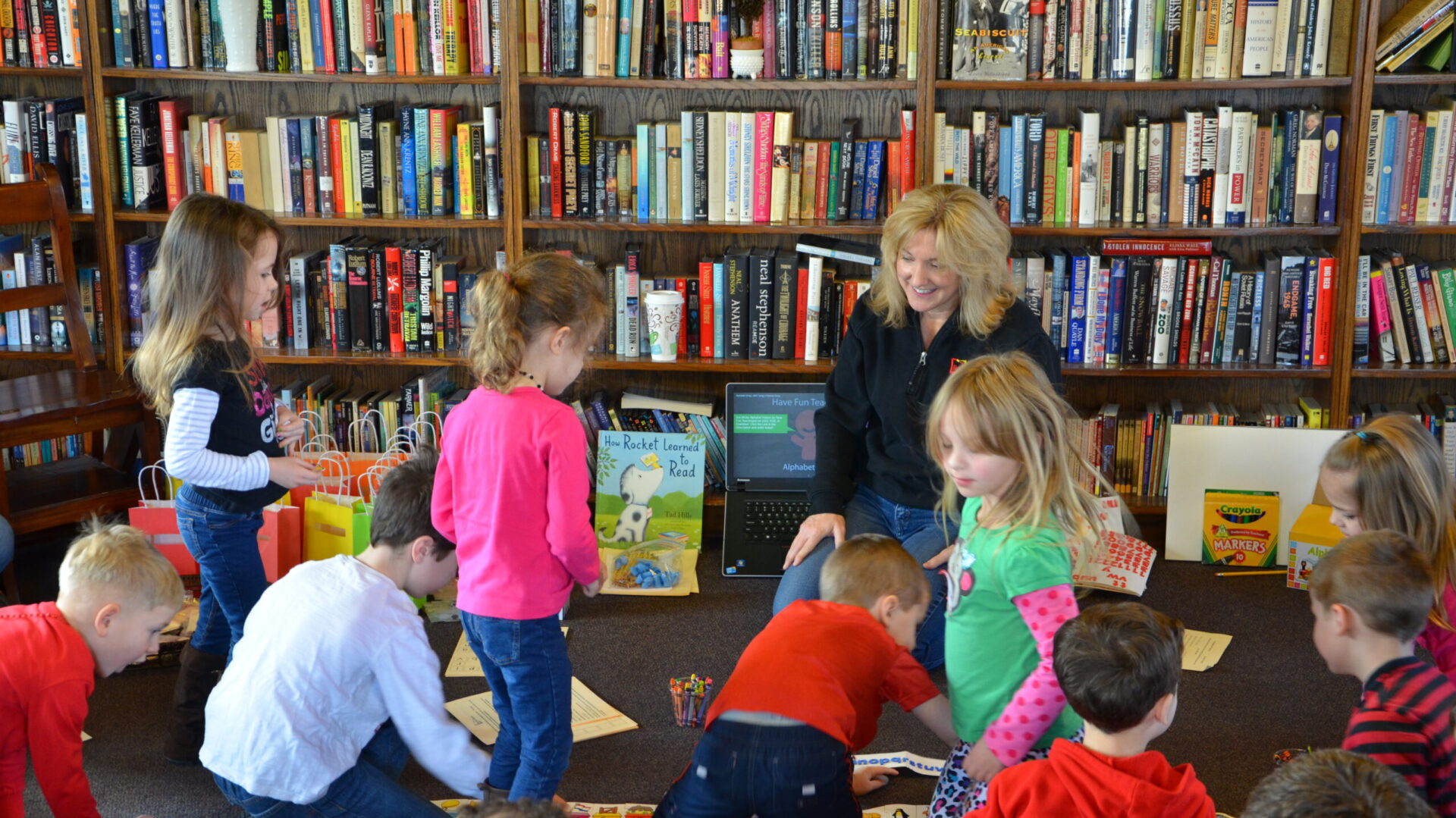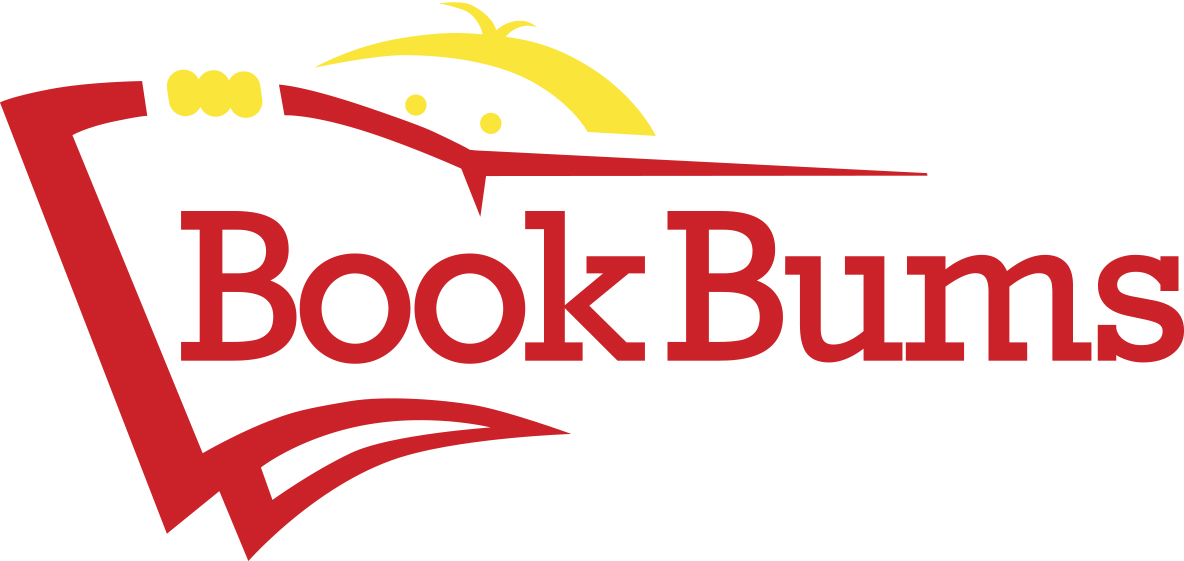
Hello Book Bums Families!
At Book Bums we love to make learning fun. This week in the newsletter we're sharing great ideas for exploring the world through maps and globes. It's not all geography, though. There is plenty of language learning as you snack and play.
If you'd like to try a challenging, geographic word puzzle, try this one from Education.com.
Enjoy!

Bookbums.com is an Amazon Associate; We earn from qualifying purchases. This means that if you click on a link to Amazon.com and make a purchase, We may earn a small commission at no extra cost to you. We do recommend the products. Feel free to find them by other means.
Word of the Week
demonstrate (dem-un-strayt) verb/action word - to show how something works, to give a practical explanation
The teacher first demonstrated the new skill, then asked students to try it themselves.
Literary Calendar
• March 30 is National Pencil Day!
• If you've ever tutored or taken a class with Dr Christy, you know she likes her pencils sharp and ready to write.
• One pencil can write up to 45,000 words!
• Hymen Lipman is credited with being the first to attach an eraser to the end of a pencil, making it easier to correct our mistakes.
From Our Bookshelves
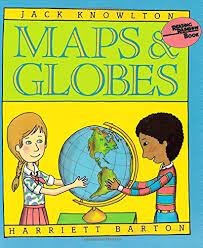
Our featured book this week, Maps and Globes by Jack Knowlton, is a great book for kids in the elementary grades. We often share how important it is to build kids’ background knowledge, and this book just might be a great way to promote some interest in all things maps.
Maps and Globes is a Reading Rainbow book, so you know it’s a good one! You can watch the reading of Maps & Globes in this video.
Tips for Families
Because I’d read that shower curtains might be a great way to teach kids information, I purchased this one for my granddaughter.
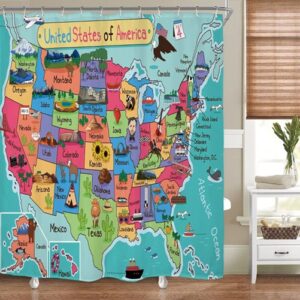
So far, we’ve had it spread out on the floor to help us put together a US puzzle, and we’ve hung it in the kitchen (with corners tucked into cabinet doors) to record state names on a blank US map with dry erase markers. I also plan to use this as a picnic blanket. So fun!

Frankly, I am often surprised by just how much learning takes place in our home. I believe the trick is that we’re giving our granddaughter 100% of our attention when we engage in these academic tasks. We coach her as she writes the state names, reminding her that they are proper nouns and they need to begin with capital letters. We share that a lot of states end with the sound /u/ (as in umbrella), but the letter used to spell that sound is an a. (It’s the schwa sound that we hear.) Tidbits like these go a long way toward equipping kids for academic success!
Parents are busy, but setting aside some one-on-one time is absolutely possible. When we make the activity something that we look forward to, it sure is a lot easier to make the time.
We hope you find something in this newsletter to tuck away for a “to-do” that you truly want to do with some kids you love.
Tips for Raising Readers and Writers
One of our favorite Book Bums offerings, pre-Covid, was a workshop we called Wordology. We planned lots of engaging activities to teach older kids about Latin and Greek roots. One month our focus was cartography, the study of making maps. I’m sharing just a few of the activities we did in this workshop to demonstrate that it’s absolutely possible to make teaching and learning fun for your kids—and for you!
We began by giving the kids an orange to peel while trying to keep the peel in one piece. The kids laid out their peels, pressing them flat on a piece of paper, so they could experience the challenge of representing something that’s round on a flat surface. This launched our discussion of types of maps and the challenging task of being a cartographer.

Using magnets, pins, and a piece of cork, we then made our own compasses. First, the kids magnetized their pins by rubbing them, in one direction only, along a strong magnet. Note: The balls on the pins had been dipped into black paint and the tips had been dipped into red paint ahead of time. Next, the kids glued their magnetized pins to a small piece of cork and set the cork rounds into shallow water contained in Petri dishes. It’s still incredible to me that this works. The pin absolutely moves to point northward! Finally, we discussed the cardinal directions and how folks use compasses to navigate planet Earth.

For snack time fun, we used laminated map placemats that included lines of longitude and latitude. The kids used longitude and latitude coordinates to place snacks in the appropriate places on their maps. The snacks included kangaroo crackers that were placed in Australia, goldfish crackers in the Great Lakes, and Red Hots along the Equator. Have fun with it!

Though I am not including all the activities, I am including the roots we addressed in this workshop.
Wordology Roots and Sample Words
1. cart - map/paper: cartography, cartographer, cartoon, carton
2. graph - writing: photograph, infographic, telegraph, phonograph, autograph, grapheme
3. scend - climb or go: ascend, descend, crescendo, ascension, descendant, transcend
4. struct - build: construction, destruct, instruct, structure, instruct, indestructible
5. equ - even, level: equity, equality, equator, equal, adequate, equanimity, equilibrium
6. top/loc - place: topography, topical, utopia, topic, local, location, locate, locomotive
7. terr - land, earth: terrarium, terra cotta, extraterrestrial, terrain, terrestrial, territory
At the end of the evening, to review and conclude our time together, we used a globe beach ball to play a game. A student drew one of our featured roots out of a basket, and the students passed the beach ball back and forth naming words featuring that root until no one could think of more. Play continued until all roots had been reviewed.
Of course, the kids recorded their roots along with sample words, and we added them to word rings so kids could review them before high-stakes tests.
Check back at BookBums.com for more fun and activities
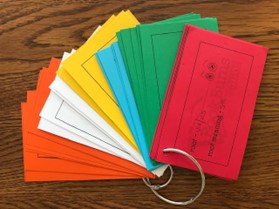
Wordology Workshop
• The Greek root log means thought, word, or speech.
• You can find it in words like logic, dialogue, and monologue.
• It's also in all those words that name areas of study: biology, etymology, zoology. How many can you think of?
• When we were brainstorming names for our workshop, we borrowed this root to come up with the name Wordology, the study of words.
Practical Grammar
Tautology is expressing the same thing twice in such a way that is redundant.
For example, the following sentence, “Jack made a water pail with his own hands for Jill,” could be simplified by saying, “Jack made a water pail for Jill.”
Tautologies say the same thing twice using different words. In our example, the word “made” implies that Jack used his own two hands to create the pail. There is no need to add “ . . . with his own two hands.”
Now that you know what they are, you’re sure to see tautologies all around you. Consider these to get you started: dilapidated ruins, close proximity, added bonus, large crowd . . . The list goes on!
If you know someone who would benefit from our newsletter or tutoring at Book Bums, please share this email with them! Thank you.
Copyright © 2024 Book Bums, All rights reserved
Our mailing address is:
7967 Cincinnati-Dayton Road Suite L
West Chester, OH 45069
